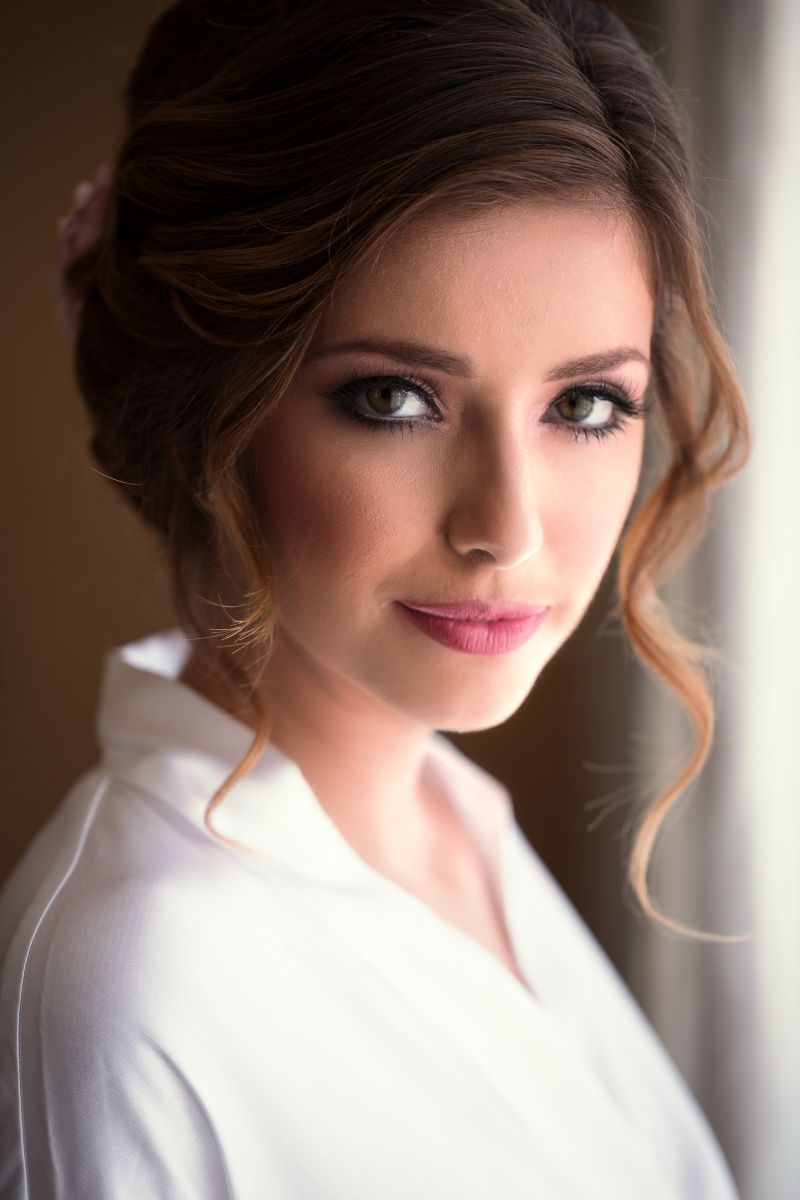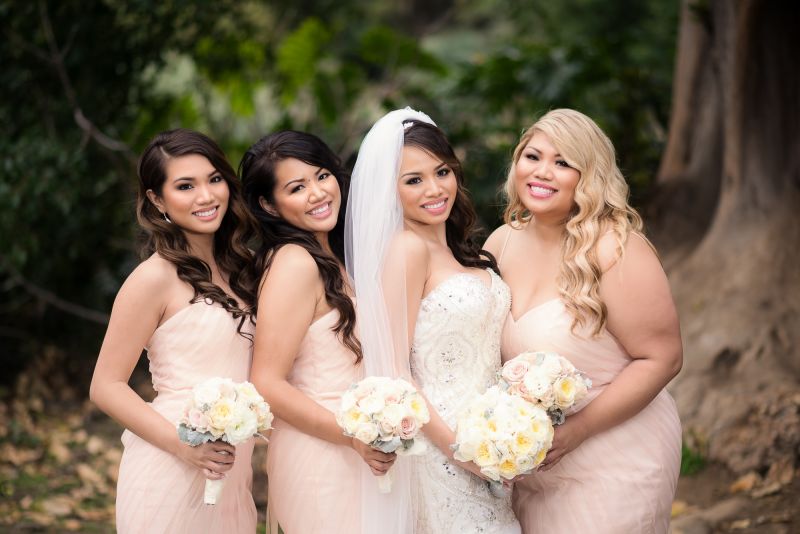
As wedding and portrait photographers, we may not think about our line of work as requiring high-end retouching tools. We’re not photographing models for fashion magazine covers, right? However, let’s be honest: The simple clone stamp and “airbrush” tools we do sometimes use are rather primitive and time-consuming too.
So, having dedicated retouching tools at our disposal could offer professional results, and also save us tons of time in our overall workflow!
Most advanced retouching techniques, unfortunately, are extremely complex and involve complex tutorials in Adobe Photoshop using innumerable different layers, blending modes, all kinds of selections and masking tricks, etc. It’s truly intimidating for most photographers.

Simply put, professional retouching, done “100% manually”, may not be for everyone. Sure, a few artists may discover that they’re truly passionate about spending hours in Photoshop on a single face, and that’s an amazing craft! However, other artists would rather get off their computer sooner than later, and go shot more photos, or spend time with family. Well, there’s no shame in that! Also, there are always solutions for everyone, no matter what your artistic passion is.
Thankfully, there are retouching tools that actually remove all the complexities and guesswork from the process. This article is about PortraitPro, one of the most common, most popular tools for retouching in a simplified, streamlined manner.

Subtle skin retouching, lighting adjustment, & background cut-out
PortraitPro interfaces with Photoshop and/or Lightroom, and performs retouching by identifying the actual facial features for you so that you can easily retouch skin, eyes, teeth, and general proportions with ease. (To learn how to actually use PortraitPro, visit their website’s tutorials, HERE.)
 Removing shine/sweat from a forehead (click to enlarge)
Removing shine/sweat from a forehead (click to enlarge)
For those of you who are wondering exactly what it is about PortraitPro that would make your workflow so much better, here are four of the biggest reasons why every wedding and portrait photographer should add PortraitPro to their Lightroom & Photoshop workflow!
1.) Professional Results Every Time
Have you ever wasted 60+ minutes in Photoshop on one portrait, trying the liquify tool, then the Puppet Warp tool, then Content-Aware Scale, …only to decide that nothing is working, and scrap the whole PSD/TIF file in frustration?
A dedicated, controlled environment such as Portrait Pro has tools that take care of the guesswork out of which “trick” to use, and ensure that your retouches always look professional.
 Before & After: Skin retouching, facial contouring, teeth whitening,
Before & After: Skin retouching, facial contouring, teeth whitening,
and a cleaned-up cut-out background, all in one streamlined process
Sometimes all you might need is basic skin smoothing, while other times you might want to just faintly whiten some teeth or eyes. Whatever the case, the edits are always straightforward and professional. You’ll never have to worry about whether or not you use the right or wrong method to go about achieving your results. (Or, if you accidentally made someone’s teeth faintly blue instead of white!)
2.) Simplicity and Workflow Speed
Okay, let’s be honest with ourselves once again, this time about the total number of hours we spend sitting at our computers. In fact, let’s use the oldest cliche in the business world- “time is money!“
The question is, how many hours do you want to spend editing photos?
While commercial, editorial, or fashion photographers may only have a few major retouching jobs to do in any given week or month, wedding and portrait photographers could all of a sudden find themselves buried under a whole inbox full of print orders, especially now around the holidays!
In fact, if you’ve been in business for 5-10+ years as any type of portrait photographer, (family, maternity, newborn, boudoir) if you run a print sale every year around the holidays, you could receive a hundred or more print orders all at once!
What do you do? You mustn’t compromise the quality of your final product, and you’d certainly like to get all your orders shipped out in time for the holidays!
One of the struggles with a manual “DIY” retouching workflow is that you have to decide between either spending a ton of time retouching a single image, or cutting corners and just applying quick, basic retouches to a whole set of images. Either choice isn’t optimal, and it may seem downright unprofessional to your client if they ever see a fully retouched image right next to an unretouched image.
Thankfully, PortraitPro offers its professional tools in batch form. You can edit one or two test images, decide which amounts of retouching you’d like for a particular set of images, (X amount of skin smoothing, Y amount of teeth whitening) …and then just tell PortraitPro to apply those edits to a whole selection of images.
PortraitPro’s Studio and Studio Max versions offer a batch interface, ($69.96 and $139.95, respectively) the first being a simple batch dialog and the latter being a full batch mode.

(For a complete comparison of features in each different edition, check out their editions comparison page.)
Integration with Lightroom and a raw workflow is a beautiful thing for your overall editing speed, too. Taking a raw image or images from Lightroom to Photoshop, or from Lightroom directly to PortraitPro, is relatively effortless on most computer systems, and with the plugins for Portrait Pro, you can make quick work of numerous raw photos much more rapidly than any manual retouching in either LR or PS.
3.) Change Lighting In Post-Production
As on-location photographers, time is almost always critical, and conditions aren’t always optimal. Have you ever wished you could keep it simple on-location by just shooting in soft, relatively flat light, yet be able to add a faint touch of Paramount or Rembrandt lighting in post-production? Plus, maybe a catchlight?
Because PortraitPro uses facial feature recognition, you can actually apply a noticeable, realistic adjustment to the directionality of your lighting!

Of course, we all love getting things perfect in the field, and if you’re a fashion/editorial photographer with all the time in the world, you certainly ought to try to get your lighting absolutely flawless in-camera. However in some more fast-paced portraiture situations, what may be the best technical solution may not always result in the best overall client experience for stressed-out brides or unruly kids.

4.) Accurate, Safe Proportion Reshaping
Our wedding & portrait photography studio specializes in weddings and portraits, so we’re usually photographing “real people” as opposed to models. When retouching, it is important to remember that we answer to our clients.
In other words, you never want to show a client a portrait you’ve retouched, and have them say, “wow, you totally changed my nose!” This will be especially uncomfortable if you didn’t discuss such a retouch in advance. Essentially, you’re telling your client, “hey, I thought your nose was too big, so I fixed it.” Awkward!
With that in mind, it is important to keep all un-discussed retouching very, very subtle. Always remember this! However, when a client mentions something they are a little self-conscious about–be it their nose, chin, teeth, whatever–you want to make sure you get it right.
 Unless specifically discussed w/ clients, try to keep “sculpting” unnoticeable
Unless specifically discussed w/ clients, try to keep “sculpting” unnoticeable
To be quite honest, trying to use the Liquify tool on someone’s cheeks or nose could be a recipe for disaster. If you are not an expert in human facial proportions, then you could very easily make someone’s nose, cheeks, eyes, or lips appear very “wrong”, without even knowing it. In fact, whether you’re an expert or not, the Liquify tool might be one of the worst choices for retouching, period, so be careful!
The reason we prefer to trust a tool such as Portrait Pro’s Reshaping Feature is, it uses carefully calculated algorithms to ensure that your proportions never get, well, …weird. Just remember to always discuss any advanced, noticeable retouching with your clients before you perform it! If possible, avoid letting them see “before/after” versions of your final images, unless they specifically ask.

Conclusion | getting Started With Portrait Pro
Whether you’re a wedding and portrait photographer, or a commercial fashion photographer, it’s your job to make your subjects look good.
It might sound like a pipe dream to be able to tackle almost all retouching jobs with ease and to have all the right tools at your fingertips within a simple, rapid-fire raw/TIF Lightroom workflow. But, it can be a reality. Whether you are a beginner, intermediate, or a serious pro photographer, the tools available in Portrait Pro can help you “up your retouching game” while also saving you both time and money and improving your clients’ overall experience!
For more tutorials and information about PortraitPro, visit www.portraitprofessional.com. The Standard edition will set you back $44.95, the Studio edition $69.95, and the Studio Max edition $139.95. (Note: the Standard edition does not include Lightroom or Photoshop plugins.)
You can save an EXTRA 10% with the coupon code “XA2754″ (expires April 15, 2020).
Please feel free to comment below with any questions about retouching, or overall post-production workflows for wedding and portrait photographers!







Get Connected!